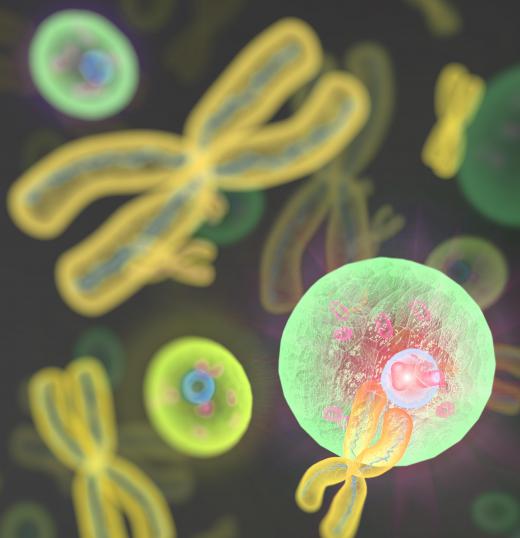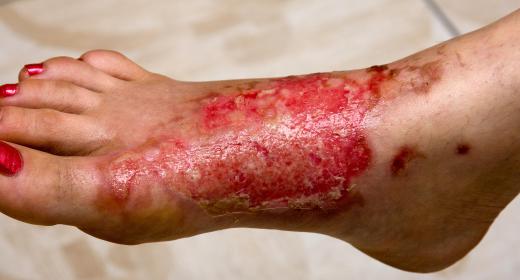What Are the Stages of Mitosis?
There are five stages of mitosis: prophase, prometaphase, metaphase, anaphase and telophase. The phases have been identified according to the physical state of the chromosomes and the spindle. The final division of the cell following telophase, called cytokinesis, is considered by some to be the sixth phase of mitosis. Mitosis is the process involved in ordinary tissue growth.
Mitosis is the eukaryotic division of a cell which produces two identical daughter cells from a single parent cell. Somatic cells of all multicellular organisms multiply by mitosis and the process involves hundreds, maybe thousands, of cellular proteins. The daughter cells are genetically identical to each other and also to the parent cell and they contain an equal distribution of chromosomes. Without the organized stages of mitosis, chromosomes would be randomly distributed into the daughter cells and may not be viable.

Prophase is the first stage of mitosis in which the nuclear envelope begins to break up. Chromosomes, which are contained in the nucleus of the cell, begin to shorten, coil and thicken. During this condensation process, a spindle, or a network of hairlike strands called microtubules, begins to extend outward from two centrosomes, or microtubule-organizing centers. Whereas there is only one centrosome in a cell which is not undergoing division, when mitosis begins, it replicates into two and each one becomes the center of organization for half of the spindle.

Prometaphase is a dynamic stage where the nuclear envelope dissolves and proteins bind to the centrosomes to become kinetochores. These then polarize to opposite ends of the cell. Metaphase is the third of the stages of mitosis. It is characterized by the chromosomes lining up along the middle of the cell on what is called the metaphase plate. In this way, when the cell divides further and the chromosomes are separated, each new nucleus receives one copy of each chromosome.

It is usually only the cells which have correctly assembled spindles which enter anaphase. In this stage of mitosis, the kinetochore microtubules shorten and the two sister chromatids of the chromosomes are pulled towards the poles of the cell by the spindle. Each chromosome is pulled by its centromere. Then the poles separate when the non-kenetochore microtubules pass each other. The last of the stages of mitosis is telophase which is characterized by the chromosomes reaching the spindle poles where they start to uncoil. Two new nuclear membranes form and two separate sets of non-replicated chromosomes have been created.
AS FEATURED ON:
AS FEATURED ON:













Discuss this Article
Post your comments